Dropshotting can be an exciting and really productive method of catching predatory fish on a whole host of waterways. Not only is effective but you don't need to carry a massive amount of gear, with a rod, net and a tackle box containing a few lures, jig heads and weights often all you need and its a great excuse to get out for an hour after work. Here are some great tips to get you started...
LEARN MORE ABOUT THE ESSENTIAL SKILLS YOU NEED FOR LURE FISHING IN THIS ARTICLE.
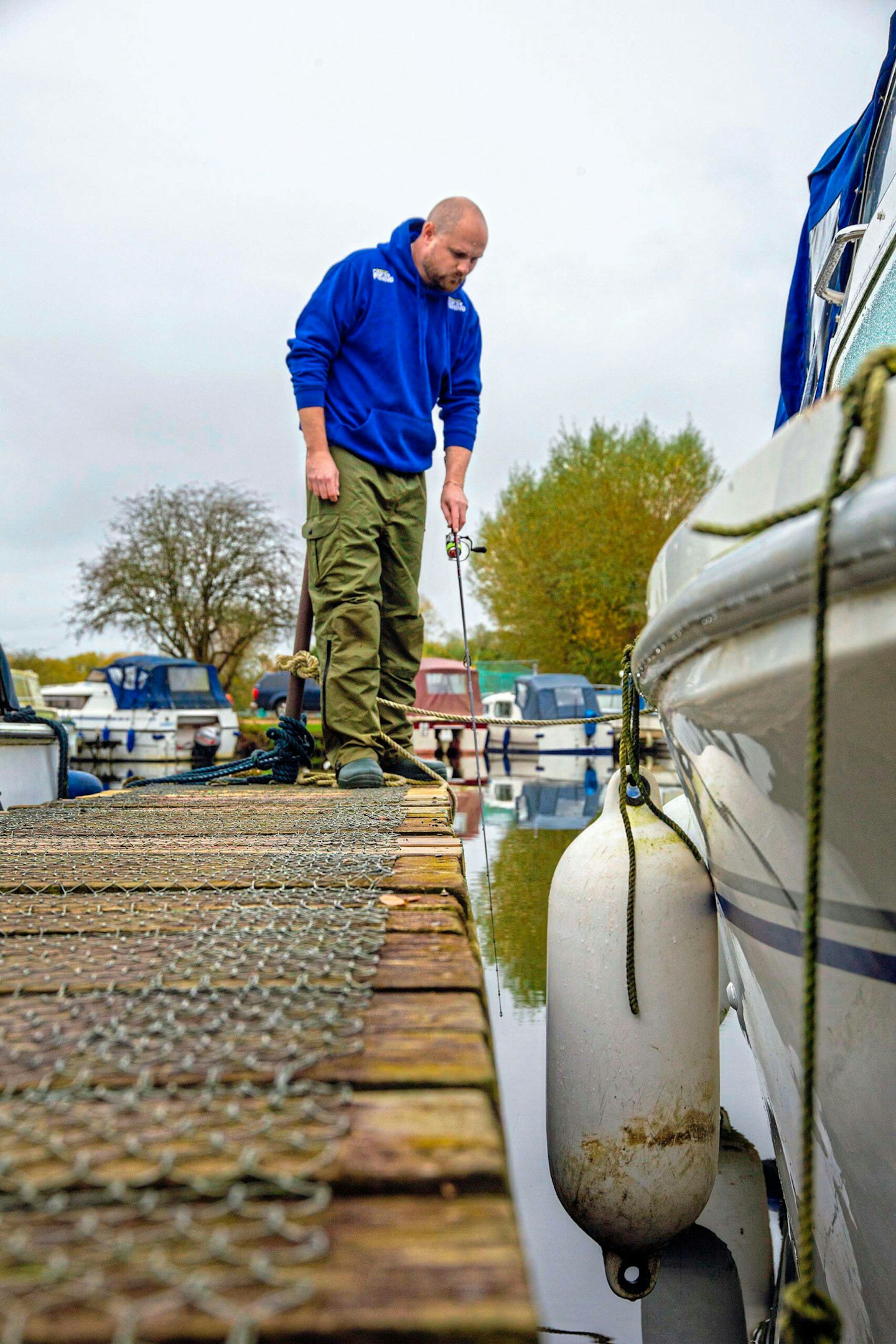
The right rod for the job
The perfect drop shot rod is between 6ft and 8ft. Shorter rods are more manageable for fishing to structures or boats but a longer rod can be beneficial if you regularly need to reach over soft, nearside margins. A solid-tipped rod with a fast or extra-fast action is ideal. The soft tip allows fish to fully engulf the lure.
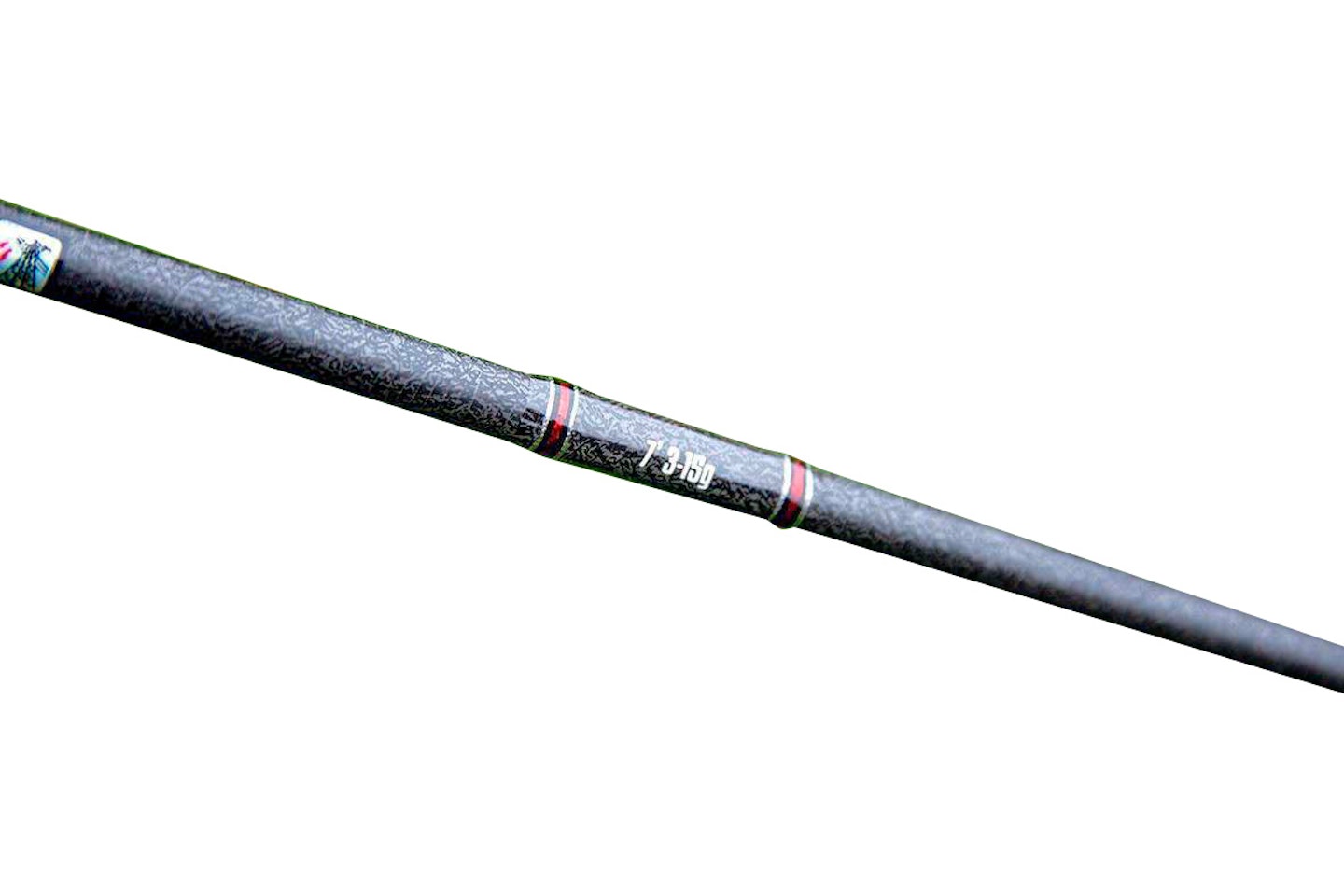
Know your lure types
There are three main types of lure – paddletails (fish that swim), pintails (fish that don’t swim) and worms. Worms and pintails are best fished static around known fish-holding areas. With paddletails the lure needs to be retrieved to make the tail ‘swim’ and can be hopped along the bottom.

Braided Mainlines rule for perch
Braid is a far better mainline material than mono. This is because it has zero stretch, so provides more feedback up the line. Therefore any tap or hit on your lure will be easily registered. A lot of lure anglers use a brightly coloured braid to help spot extra bites and subtle takes. Don’t watch the rod tip – watch the line!
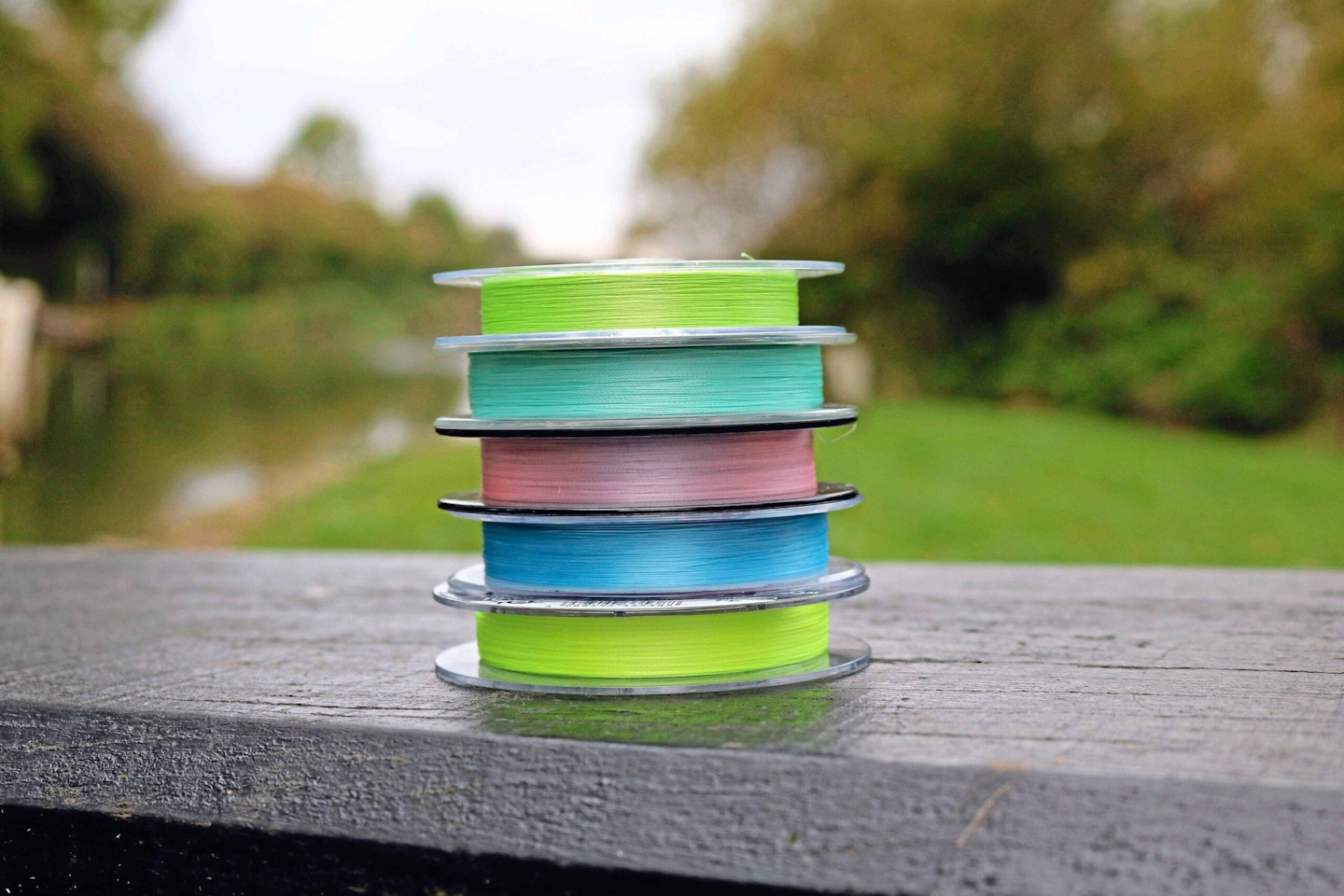
Use the right leader
Fluorocarbon has lots of great attributes. It doesn’t stretch as much as mono, which equates to increased feel as it transmits bites and bottom structures up through the line and this also makes setting the hook much easier. In addition, fluorocarbon is pretty tough stuff and great as a leader for protecting against snags. It’s also invisible to fish, having the same refractive index as water (meaning it doesn’t reflect the light).

Choose the right hook
Your hook size should match your lure. For lures of 1ins-4ins use a sharp, short-shank hook from a size 2 down to a size 10. There are a vast array of dedicated drop shot hooks, most of which are barbed, short-shanked hooks, often with an offset eye. The barb helps keep the lure on the hook, because the lure is often lightly mounted so the barb helps to stop it sliding off the hook.
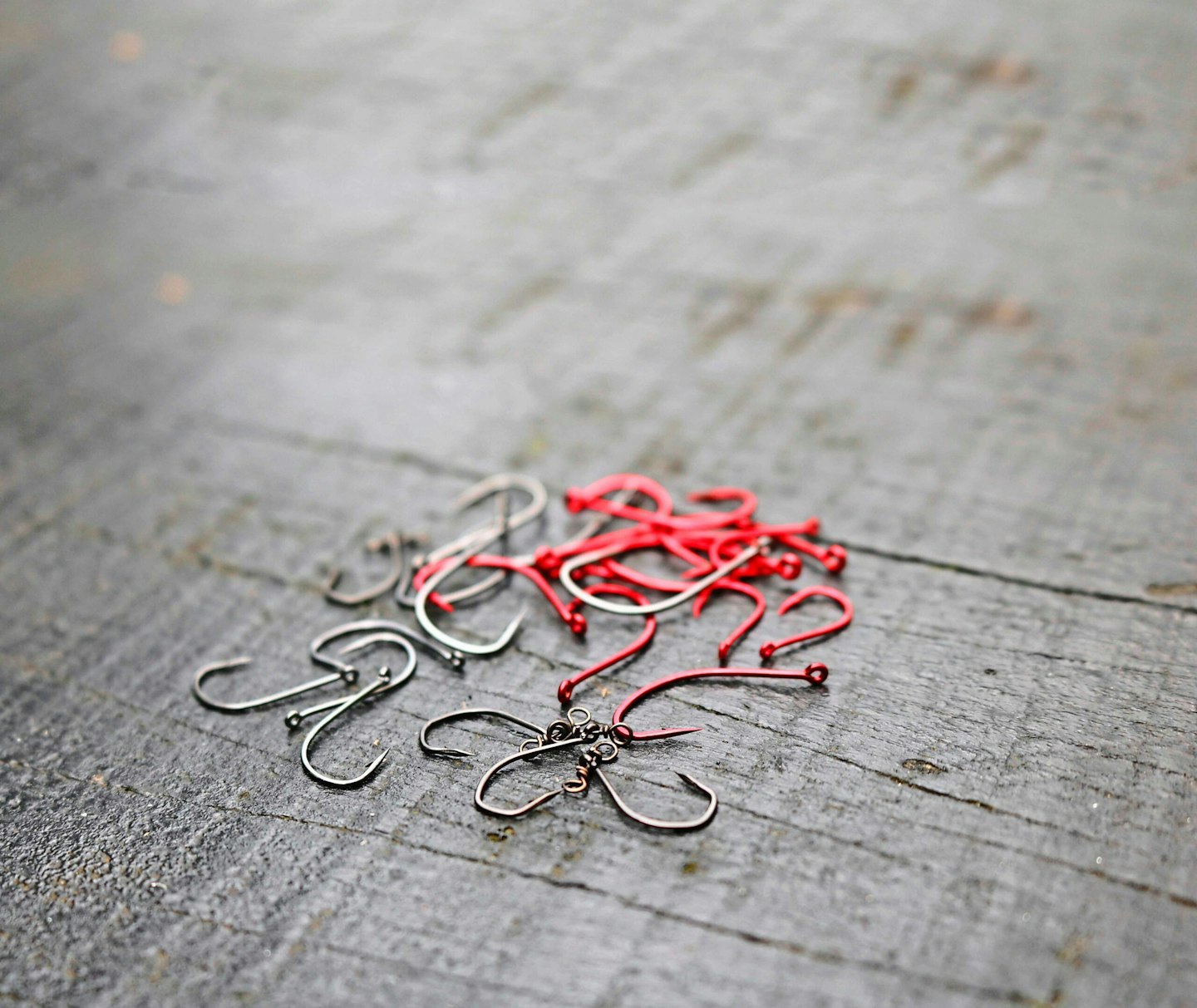
Use your weight
Tungsten is a very dense metal so it transmits increased feedback when it touches the bottom. This will give you a better understanding of where your rig is, detecting rock, silt and fish-holding snags. Keep things as light as possible. If there’s flow in the water then you may need to scale up the weight to keep control of the lure. If you can’t feel when your weight is on the bottom, you’re probably fishing too light. On average, 3g to 5g is about right.
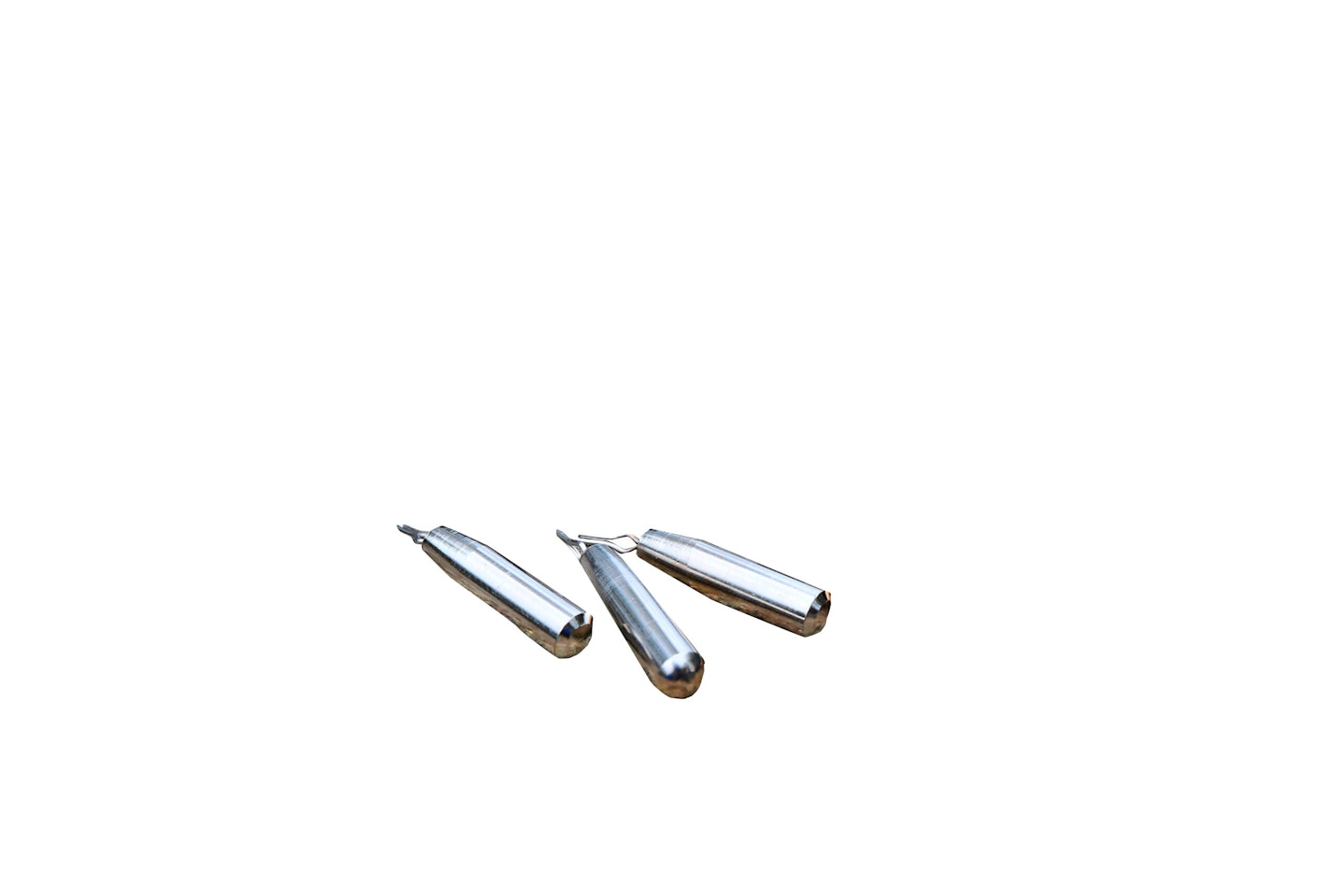
Make it move!
Your weight is just a carrier to transport the lure into position and once it has touched down, the lure above should be effectively weightless for a natural presentation. Introduce some slack into your rig and the lure will flutter down like a dead prey fish would naturally and this is a killer method. If you don’t get interest immediately, flick the lure back up – leaving the weight on the bottom – and repeat.

Pick the right size lure
Try to match the size of lure to the size of fish you’re targeting. Big fish will hoover up tiny fry on a regular basis so smaller lures will ultimately catch more fish, but you’ll have to wade through the small perch until the specimens move in.

Match your lure colour
It’s easy to break colours down into two groups, contrasting and natural. If you’re faced with clear water, look for natural-coloured lures – a clear lure with a hint of sparkle can be deadly in this situation. In low visibility, use a lure that contrasts against the water colour like dark colours or bright white.
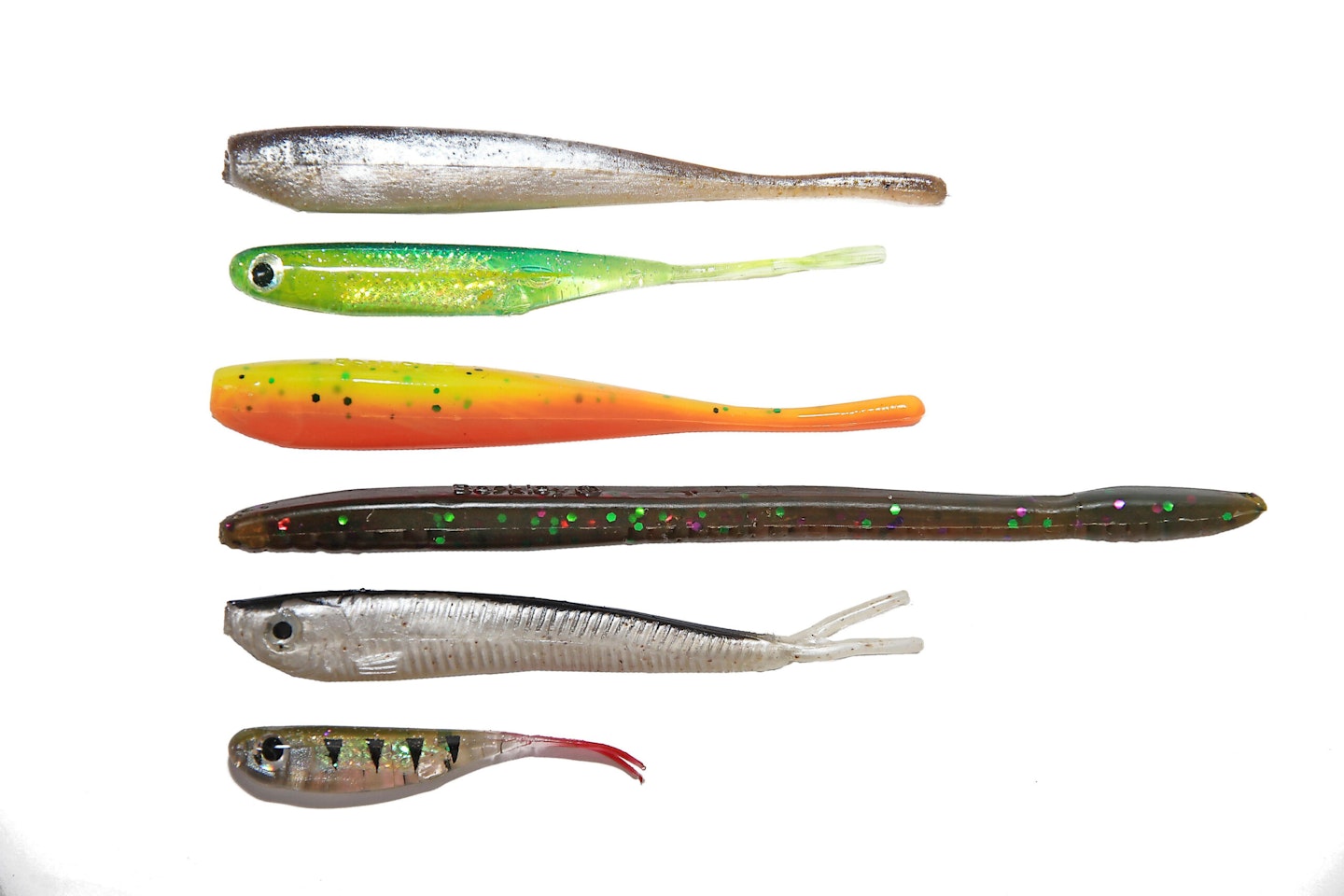
Take your time
Perch have a habit of inspecting a bait before deciding to eat it. One of the beauties of drop shotting is that, unlike other tactics, it enables you to work a lure on a spot for a prolonged period of time. So if you’re not getting a bite, don’t be in a hurry to wind in and cast to a different spot as there’s every chance that a big perch is sat there weighing up its options.
By continually working a lure in one spot you’ll eventually force the perch’s hand and if you’ve replicated a realistic prey fish movement the chances are it won’t be able to resist.
LOOKING FOR A VENUE TO TRY LURE FISHING? CHECK OUT THIS WHERE TO FISH GUIDE.
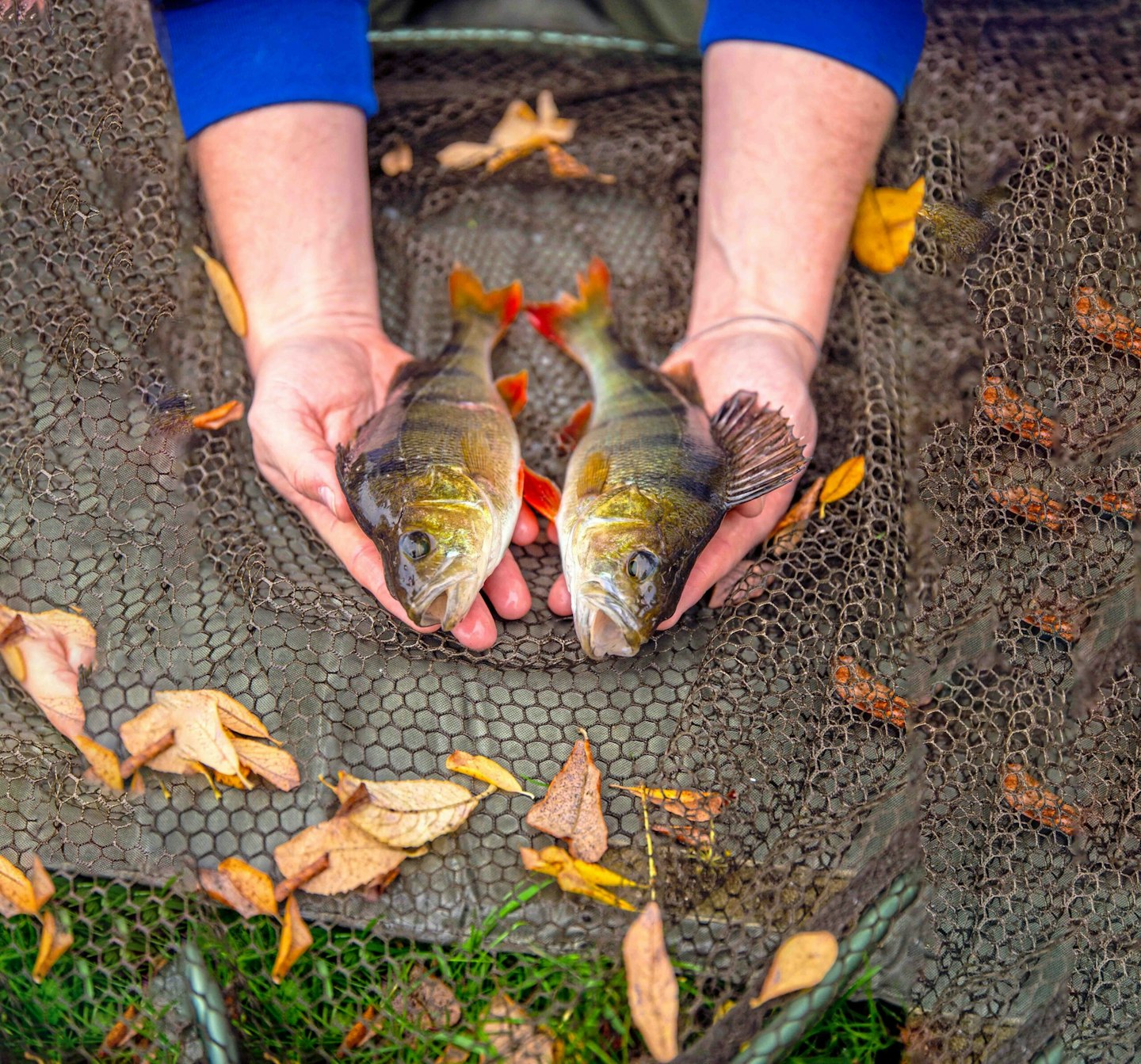
This page is a free example of the amazing content Angling Times Members get every single week. Becoming an Angling Times Member gives you access to award-winning magazine content, member rewards, our back issue archives, bonus content and more! Join our fishing community and find out more today!
